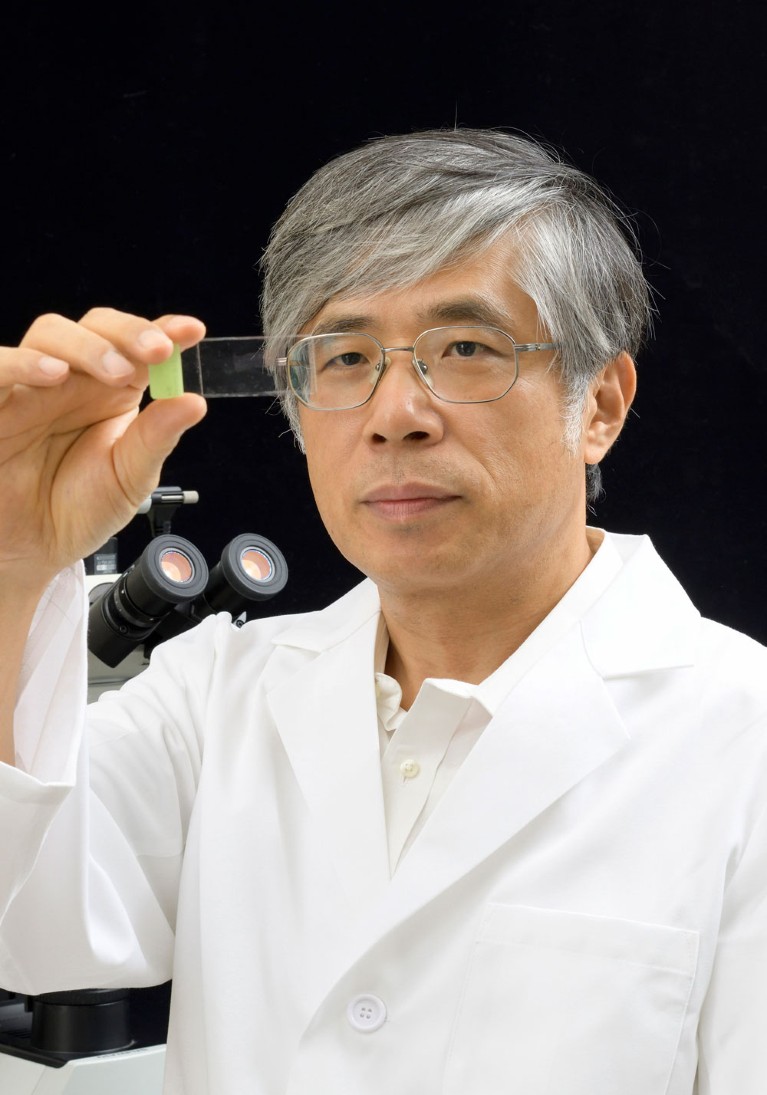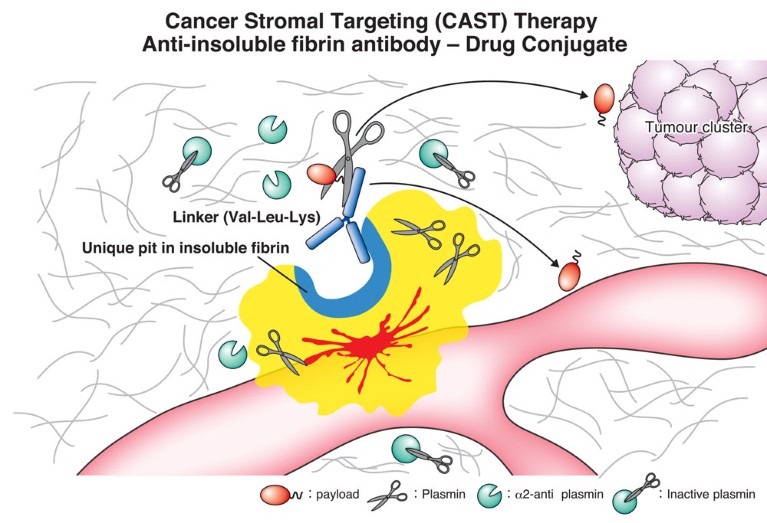
NCC Hospital East focuses on refractory cancer and terminal care.
Genetic screening has been a boon for cancer research, generating an avalanche of insights and accelerating the development of new drugs. At the vanguard of this search is SCRUM-Japan, a national screening consortium led by the National Cancer Center Hospital East in Kashiwa.
Launched in 2015, it is now one of the world’s largest cancer initiatives, involving some 260 Japanese clinical facilities and 17 pharmaceutical companies. More than 10,000 patients are enrolled, with 2,000 more signed up annually.

Yasuhiro Matsumura, Director, Division of Developmental Therapeutics, EPOC, NCC
“We now have a huge clinical and genomic database, and it’s being shared with all participating pharmaceutical companies and academic centres in real-time,” says Dr Atsushi Ohtsu, director of the National Cancer Center Hospital East (NCCHE). “Our group is one of the biggest investigating new agent development for precision medicines. We have approximately 40 [investigational new drug] registration trials for new agent approval that have come from SCRUM-Japan.”
Because genomic variation is so complex in cancers, the entire range of mutations needs to be logged by researchers. With emerging evidence that germline variations may interact with somatic events in carcinogenesis, it’s important that germline susceptibility and somatic single nucleotide mutations are tracked, as well as copy-number alterations and structural variants.
“Delay in the initiation of phase I trials was the most critical obstacle to getting a drug into practice,” adds Ohtsu, a 30-year veteran of oncology who also used to head EPOC, the Exploratory Oncology Research & Clinical Trial Center in NCC. “Our strong point is that we now have so many academia and industry collaborations that we can facilitate new agent development, not only in clinical trials, but also in pre-clinical study.”
EPOC has led the charge. Six ‘first-in-human’ trials for new agents developed from academia have been completed at NCCHE/EPOC, including the arctigenin anti-tumour agent, which helps eliminate the tolerance of cancer cells to nutrient starvation in pancreatic cancer; and anti-CD-4 antibody as a new immuno-oncology agent for solid tumours. Another four are underway.

Many of the new trials rely on the enhanced permeability and retention (EPR) effect, a property discovered at Kumamoto University that triggered major advances in chemotherapeutics. Molecules of certain sizes tend to accumulate more in tumour tissue, Dr Yasuhiro Matsumura and Dr Hiroshi Maeda of Kumamoto University outlined in a 1986 Cancer Research paper; a discovery that soon led to a new class of cancer-selective drug delivery methods.
More recently, these have relied on nanoparticles: polymer micelles capable of carrying anti-cancer agents directly into tumours. Developed by Professor Kazunori Kataoka, now director-general of the Innovation Center of NanoMedicine, these micelles have a diameter of 20 to 100 nanometres — too large to penetrate normal vessel walls, but, in animal models, readily accruing in the complex vasculature of tumours.
But many solid tumours in humans have an abundance of stroma, the matrix where tumour-feeding vessels exist. “Clinical cancers — especially pancreatic cancer, stomach cancer and glioblastoma — have a huge amount of tumour stroma, a barrier that hinders the distribution of DDS [drug delivery systems],” says Matsumura, director of the Division of Developmental Therapeutics at NCC/EPOC.
“DDS has not been so effective in clinical use, because the drugs can’t get past the stroma to penetrate the cancer cells within tumour tissue,” he adds.
Matsumura’s team have developed cancer stromal targeting (CAST) therapy, in which the polymer micelles bind to the tumour stroma and then disgorge their drug payloads into tumour tissue. “The payload is a very small molecule, so can penetrate easily through this tumour barrier,” says Matsumura.
The more tumour stroma, the more malignant and harder to treat a cancer tends to be. “There are few effective regimens for intractable cancers such as pancreatic, stomach and lung cancers,” says Matsumura. “With CAST therapy, we have established several new monoclonal antibodies against cancer-related interstitial molecules, including cancer-induced insoluble fibrin, and then created an antibody drug conjugate using the antibody that especially targets those refractory, stroma-rich cancers.”
One new antibody therapy approach targets TMEM180, a transmembrane protein discovered in Matsumura’s laboratory that is specific to colorectal cancer and the expression is upregulated under hypoxic conditions. His team has developed a monoclonal antibody targeting TMEM180 and tested its anti-tumour activity in animal models, then a research cell bank of humanized versions. In collaboration with a Japanese biotech company, the team is now focusing on the manufacturing process for the antibody, preliminary safety tests and a medicinal profile before the first human trials begin in a few years.
One exciting outcome is that the new TMEM180 antibody will allow colorectal cancer to be detected with a simple blood test. Discussions are underway with the biotech company to develop a testing kit, which could go to market before any treatment.
“We discovered this molecule more than 13 years ago, so it has taken a long time to get where we are now,” says Matsumura. “Antibody therapeutics has been my life’s work, but research alone is not good enough. We have to deliver benefits to patients. That’s our task.”



 Focal Point on Nanomedicine in Japan
Focal Point on Nanomedicine in Japan